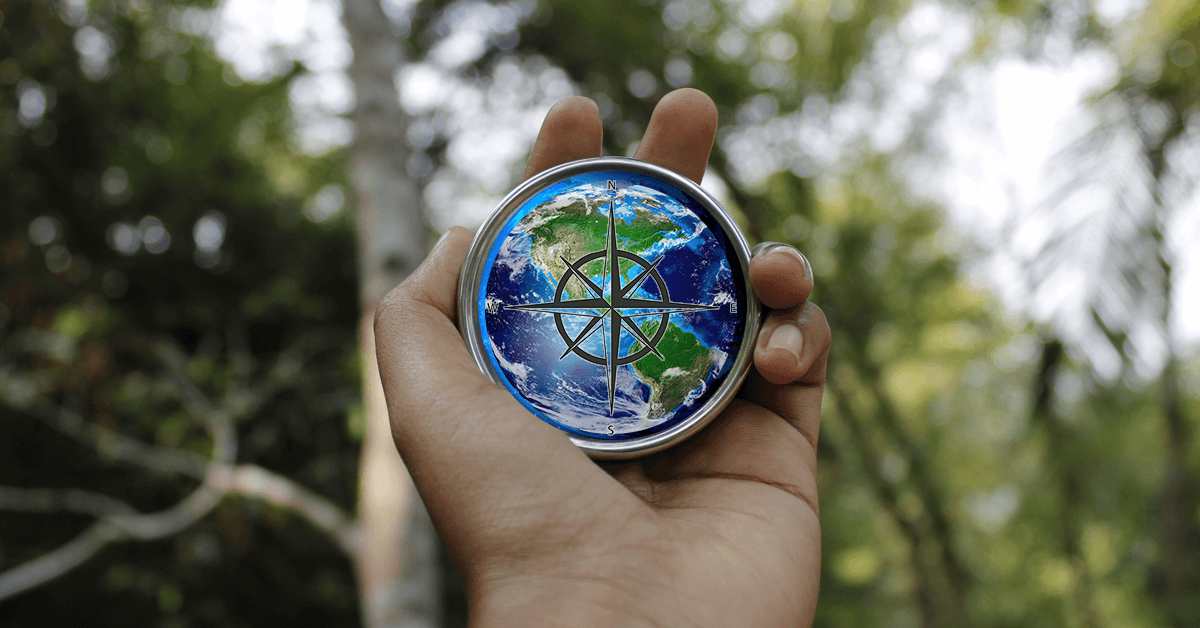Many students and teachers will be physically returning to school in the Fall, others will be in ‘lockdowns’ due to the pandemic. This ‘morphing’ from one system of learning to the other requires adaptability and flexible approaches from all constituents, but it is emotionally draining. There has been much written about student and faculty emotional states during the pandemic; however, this issue still needs to be addressed. Many students have thrived learning at home but others feel lost and discombobulated with a confused sense of self and are struggling to readjust from their isolation. It’s time for a mental health check for all! Now we need to focus on reconnecting and building relationships as this past year has been tough for both our students and our educators with many losing loved ones.
Our existing school structure has become a home-based system heavily reliant on technology that has affected all our school communities. ‘Zoom fatigue’ has become a common term in our culture. If adults are suffering, what about our students and how can we make online learning meaningful again? This new form of online collaborative learning challenges our old concept of face-to-face collaboration in the classroom. The pandemic has…


